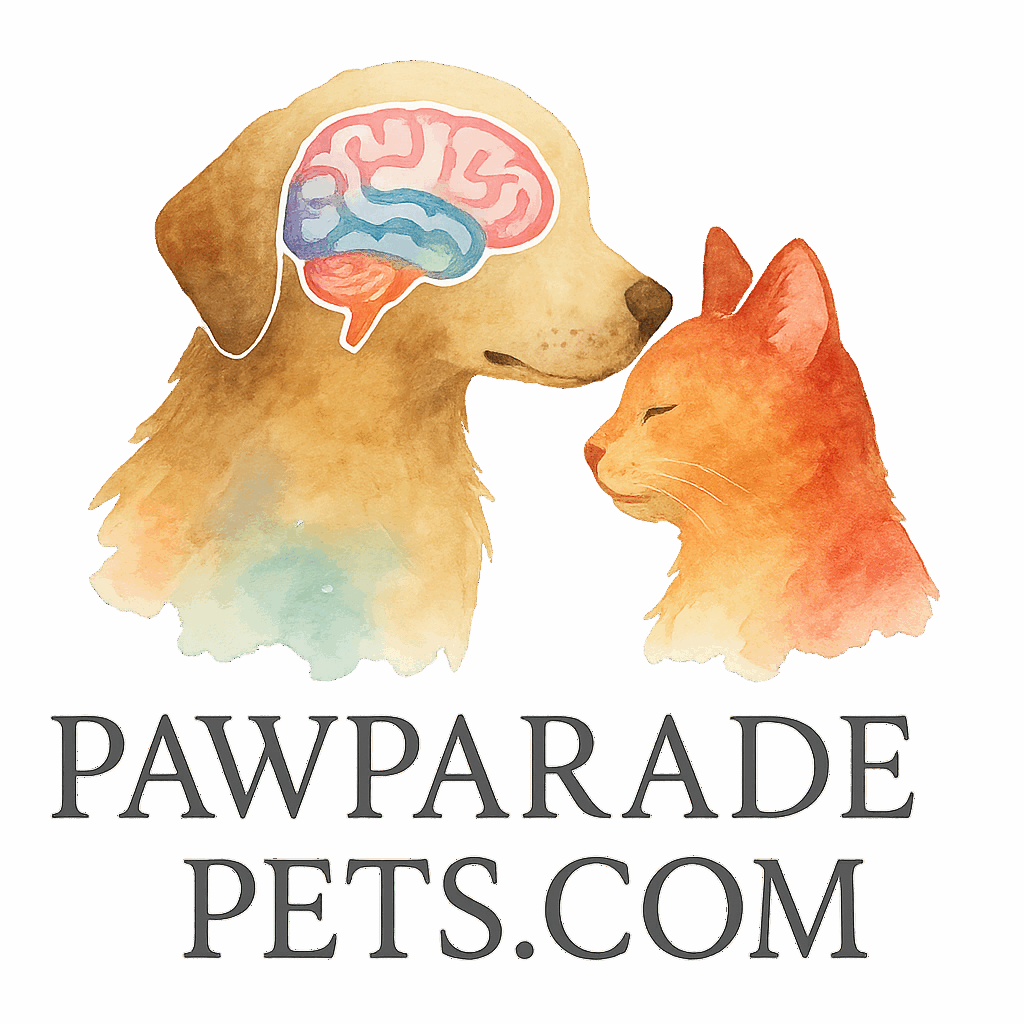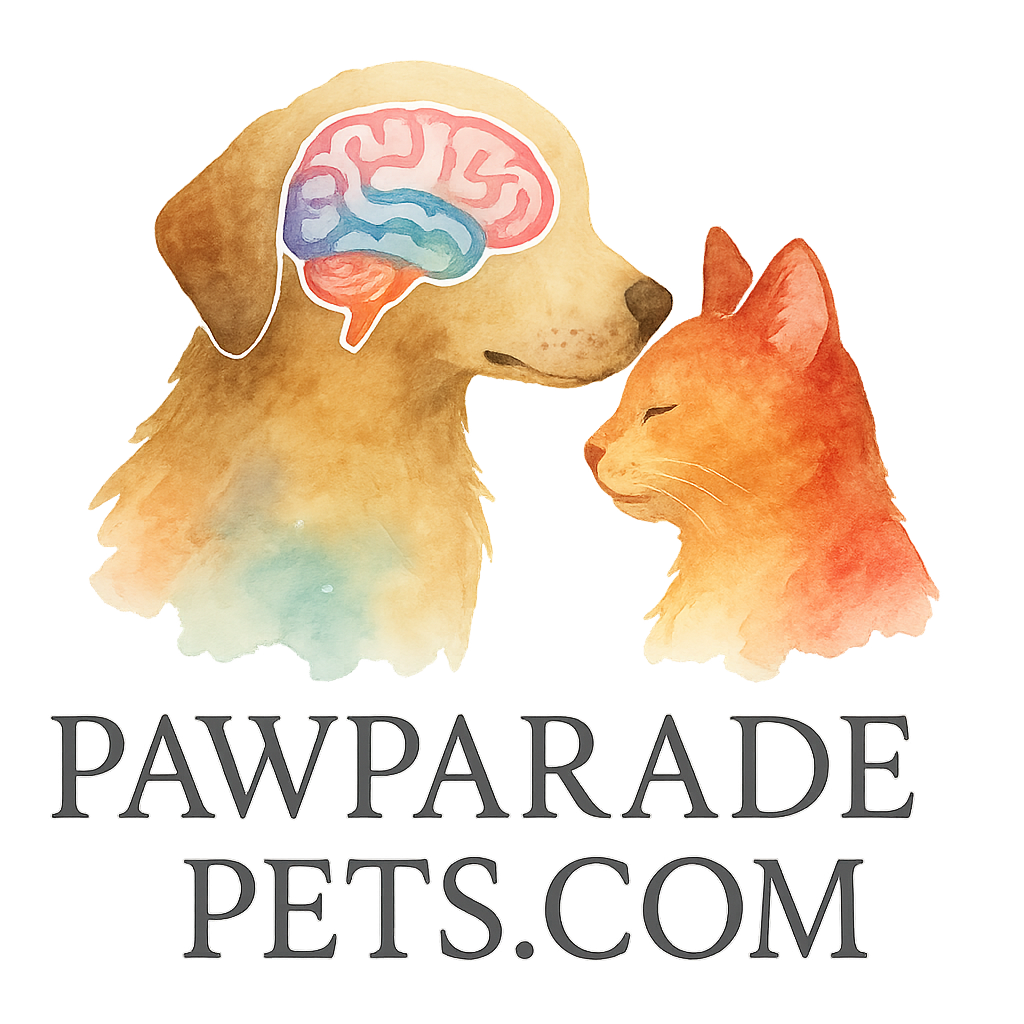Introduction: Why Brain Training Matters for Pets
Ever noticed your dog tearing apart the couch or your cat knocking things off the counter? That’s not just mischief—it’s boredom. Pets, just like us, need mental workouts to stay sharp and happy. Brain training isn’t just about tricks; it’s about engaging their natural instincts with fun challenges. And the easiest way to get started? Puzzle toys.
What Are Puzzle Toys for Pets?
Puzzle toys are specially designed games or devices that challenge pets to think, solve problems, and earn rewards. Instead of simply chewing or chasing, your furry friend has to figure out how to unlock a treat or complete a task.
How Puzzle Toys Stimulate the Brain
These toys spark curiosity and encourage pets to use their senses—smell, touch, and even memory. Think of them as Sudoku or crosswords, but for pets.
Puzzle Toys vs. Traditional Toys
A regular ball is fun for fetch, but it doesn’t ask your dog to think. A puzzle ball, on the other hand, makes them roll, paw, and nudge it to release treats. That’s the difference—entertainment plus brainpower.
Benefits of Puzzle Toys in Pet Brain Training
Mental Stimulation and Engagement
Puzzle toys keep pets mentally active, challenging them beyond physical play. It’s like enrolling them in a fun school every day.
Preventing Boredom and Destructive Behavior
A bored pet is often a destructive one. Puzzle toys channel that extra energy into problem-solving instead of chewing furniture.
Enhancing Problem-Solving Skills
When pets solve puzzles, they build confidence and sharpen their problem-solving abilities—great for both young and senior pets.
Boosting Obedience and Discipline
Puzzle play reinforces patience and focus, which ties directly into obedience training (learn more here).
12 Puzzle Toys That Support Brain Training for Pets
Ready to meet the top picks? Let’s dive into the best puzzle toys that double as mental gyms for pets.
1. Interactive Treat-Dispensing Balls
Perfect for beginners, these balls release treats as pets roll them around. They’re simple yet addictive, keeping pets entertained for hours.
2. Sliding Puzzle Boards
These boards have compartments hidden under sliders. Pets must move pieces around to access rewards—a real test of paw-and-nose coordination.
3. Snuffle Mats
A mat filled with fabric strips where treats are hidden. Pets use their noses to forage, mimicking natural hunting behavior (see activities here).
4. Tower Stackers with Hidden Treats
These tower-shaped puzzles require pets to remove layers or slide levers to get to the goodies inside.
5. Hide-and-Seek Plush Toys
Think soft toys inside a bigger plush. Pets must pull, dig, and shake to find smaller toys—a favorite for curious pups.
6. Automatic Smart Puzzle Feeders
Tech-savvy? These feeders dispense food only when pets solve a puzzle, adding a futuristic twist to mealtime (explore pet tech).

7. Rotating Puzzle Cubes
These cubes rotate or flip, hiding treats in different compartments. They encourage persistence and problem-solving.
8. Tug-and-Pull Puzzle Ropes
Not your average rope toy—these ropes require pulling or twisting in specific ways to release rewards.
9. Multi-Layer Puzzle Games
With different levels and hidden compartments, these are like escape rooms for pets.
10. Spin-and-Reveal Wheels
Pets must spin or nudge wheels to uncover hidden snacks. Cats especially love these interactive designs.
11. DIY Puzzle Boxes
Got cardboard and some creativity? You can build DIY puzzle toys—hide treats in a shoebox with cut-out holes for a low-cost alternative.
12. Tech-Enhanced Puzzle Gadgets
Advanced devices with lights, sounds, and moving parts that test your pet’s intelligence (check advanced challenges).
Choosing the Right Puzzle Toy for Your Pet
Consider Age and Size
A small dog won’t enjoy a giant puzzle tower, while a big pup might chew through delicate toys. Match toys to your pet’s size and strength.
Match Puzzle Complexity with Skill Level
Start easy. As your pet masters basic puzzles, introduce more complex ones (explore brain training basics).
Materials and Safety Considerations
Always choose non-toxic, durable materials. Safety first—avoid small parts that could be swallowed.
Tips for Introducing Puzzle Toys to Pets
Start Simple and Build Confidence
Don’t overwhelm your pet. Begin with easy puzzles so they feel accomplished before advancing to harder ones.
Supervise Playtime for Safety
Especially at first, supervise to ensure your pet doesn’t get frustrated or chew the toy to bits.
Rotate Toys to Keep Things Fresh
Pets, like humans, get bored with repetition. Rotating toys maintains excitement and engagement (see brain stimulation ideas).
Advanced Brain Training with Puzzle Toys
Combining Toys with Obedience Training
Use puzzle toys alongside commands—“sit,” “stay,” or “wait”—to merge fun with discipline (learn more).
Creating DIY Challenges
Mix homemade puzzles with store-bought toys to create variety and keep your pet guessing.
Incorporating Tech for Smarter Play
Tech-driven gadgets can track playtime and difficulty, offering advanced brain training for smart pets (explore smart pet tools).
Conclusion: Brain Training as a Lifestyle
Puzzle toys aren’t just playthings—they’re brain gyms, stress relievers, and obedience boosters rolled into one. By making puzzle play part of your pet’s daily routine, you’re investing in their happiness, intelligence, and long-term health (learn about benefits).
FAQs
1. Are puzzle toys safe for all pets?
Yes, but always choose toys suited to your pet’s size and supervise play.
2. How often should I use puzzle toys with my pet?
Daily, even if it’s just for 10–15 minutes. Consistency is key.
3. Can puzzle toys replace obedience training?
No, but they complement it by improving focus and discipline (obedience tips here).
4. What if my pet gets frustrated with puzzle toys?
Start with easier puzzles and guide them. Gradually increase difficulty.
5. Are DIY puzzle toys effective?
Absolutely! Homemade toys can be just as stimulating as store-bought ones.
6. Do puzzle toys work for cats as well as dogs?
Yes—cats love puzzle wheels, snuffle mats, and interactive feeders.
7. Where can I find more ideas for pet brain training?
Check resources like Paw Parade Pets for guides, games, and tools.


